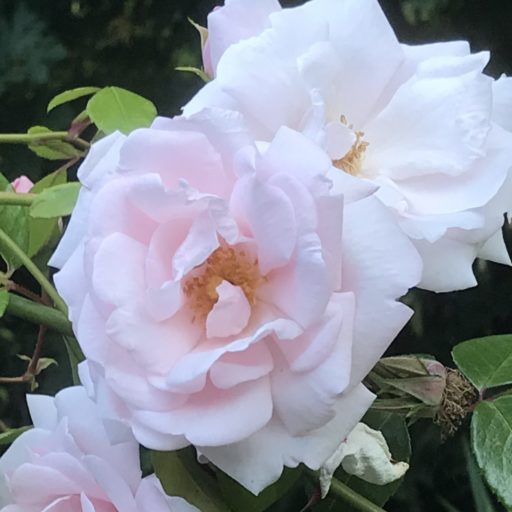Three “Quality Questions”
- What is the nature of measurement?
- What can we use to measure force? Motion?
- How could you explain force or motion to someone who has never moved?
What I know: The idea of measurement comes easily to me to me at this point in my life. I have a vast repository of prior experience regarding measurement, force and motion. So does every person in this room. From the time a young child discovers gravity and begins to observe the way objects (pacifiers, spoons, toys, cheerios) move when pushed, dropped or hurled from a high chair (car seat, stairs, stroller) the world opens up in a great physics experiment. “Science” is a natural outgrowth of living. I also know that learning new ways of measuring can be rough.
What I need to know: What do my students already understand (preassessment of measurement, principles of force and motion)? What known/documented limitations do my students have (visual, motor skills, hearing, learning disabilities, vocabulary or ELL considerations) and what accomodations or supports are needed and available? What interests of my students are likely to give them handles on these lessons, making them peer-coaches from the get-go (model airplanes, boats, archery….)?
What I want students to remember: How to innovate ways of investigating force, motion and measurement. To derive some common understandings before the “technical” definitions cloud meaning. Ultimately, to be able to explain why (or how?) specific measurements “work” for force and motion.
Resources for this week: OSPI website (see links), prior knowledge, discussions with others, a quick look around “Google” for websites I can investigate further. I have chosen this topic for a 4th-5th grade classroom, as I anticipate being in an intermediate school in the Spring. There is a lot of information out there!
My next steps: Figuring out whether I need to fully describe each lesson in the unit I am planning or if it’s more about scope and sequence; length of unit and documentation. Identifying what would be logical experiments to get kids to start thinking again about the relationships of objects to each other, and force and motion (so many ideas begin to whirl around — inertia, mass, time, velocity). Which ones to focus on? Which ones to “nail” and which to leave amorphous? I can think of ways to use groupwork effectively, but how to do that and still allow students some individual exploration time? What are some of the characteristics of 4th/5th graders that will be helpful to remember (social, fine motor, gross motor, interests, attentional, academic….) as I plan this unit? Questions!
[originally posted at midnight, updated at 10:40]
